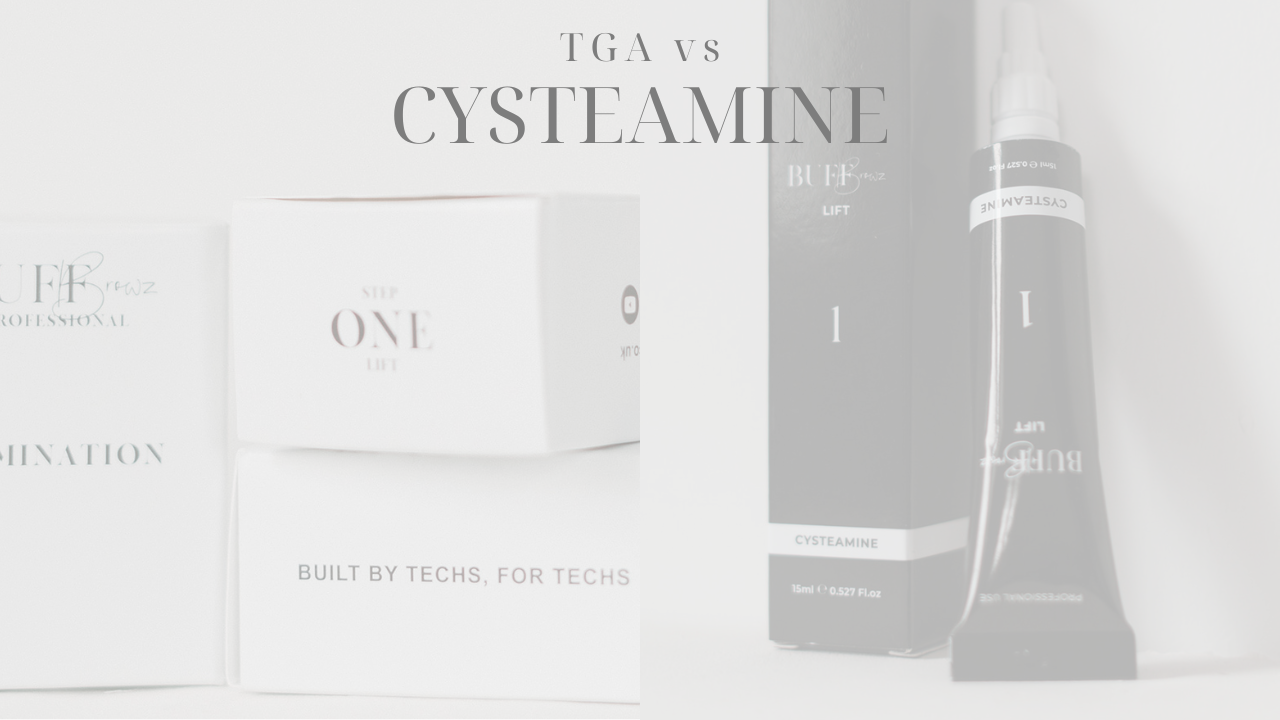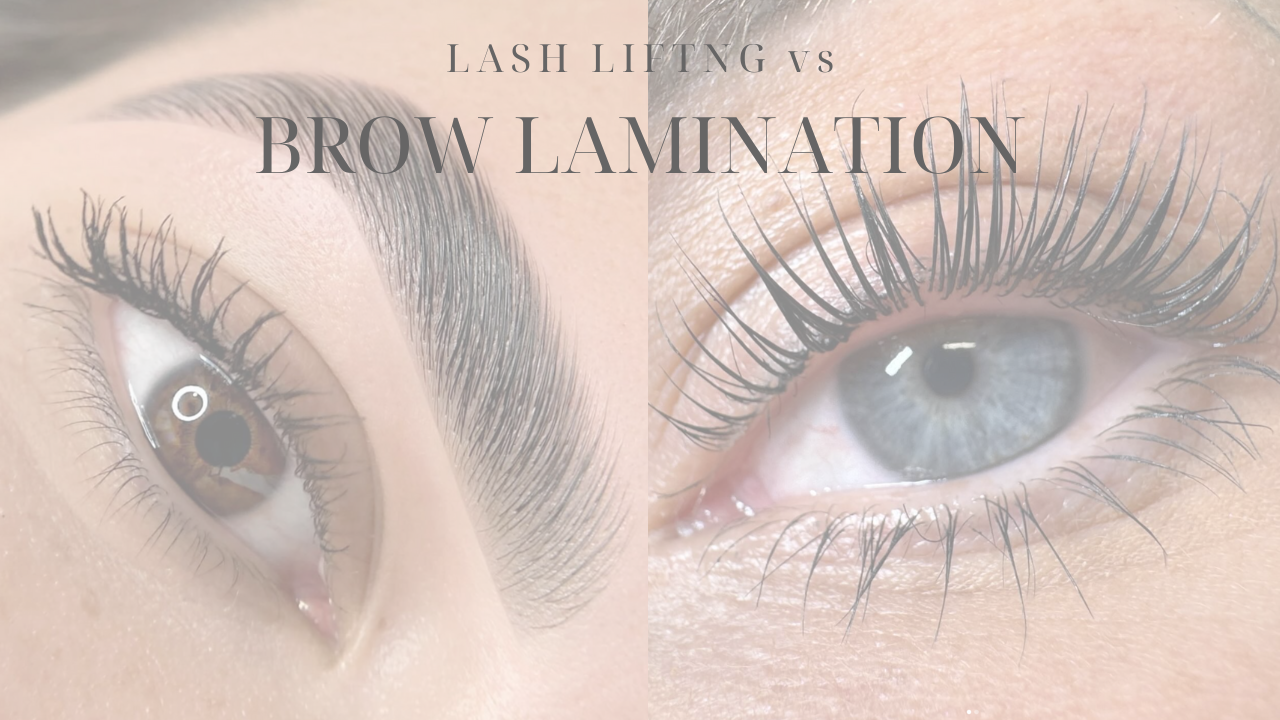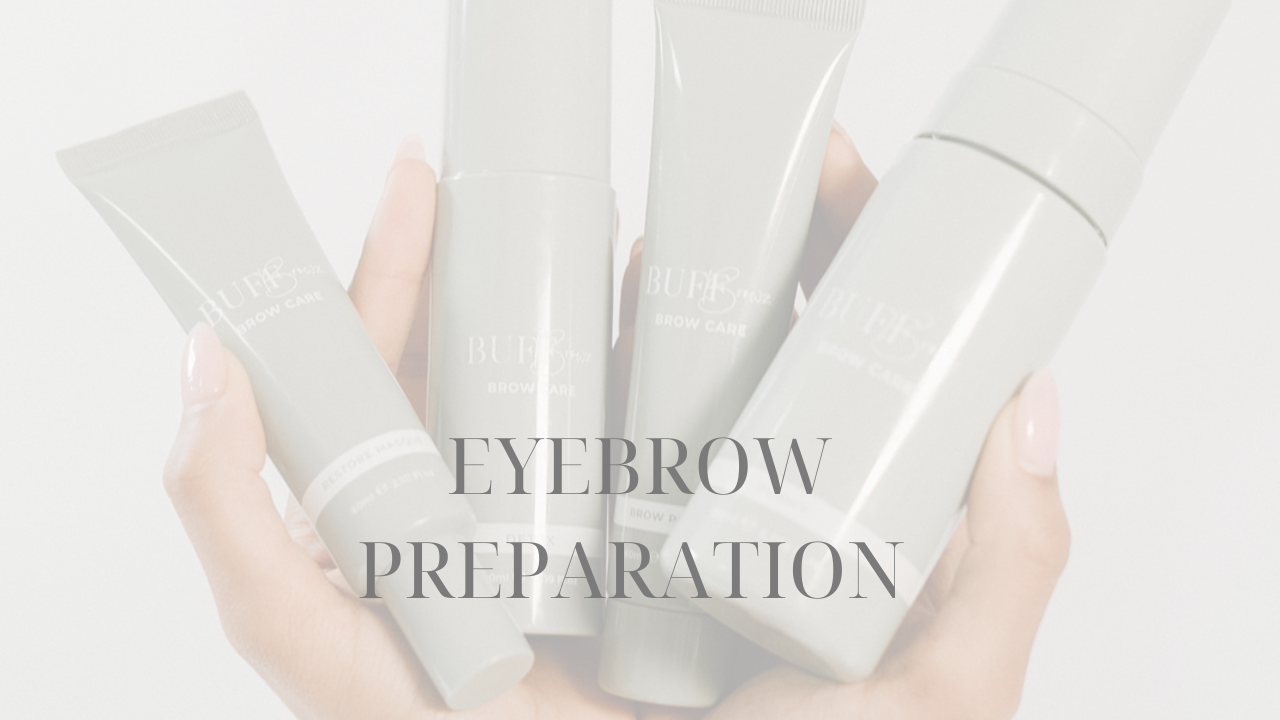
TGA vs Cysteamine (Eyebrow Lamination & Lash Lift)
Step 1 is an alkaline substance and has a higher PH value than the hair's natural PH value. Increasing the PH value opens the outer layer of the hair shaft (the cuticle) and breaks the disulphide bonds within the middle layer (the cortex), thus modifying the structure.
You must understand the ingredients that you are working with so that you can accurately assess what products to use on which hair type and how long to apply them for. There are two main ingredients that you really need to focus on: Ammonium Thioglycolate and Cysteamine Hydrochloride.
The two ingredients serve the same purpose but have completely different structures and affect the anatomy of the hair contrarily. They both increase the pH of the hair to an alkaline region, open the cuticle and break the disulphide bonds.


